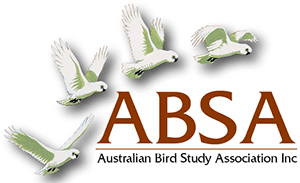Detection of the endangered Tasmanian Masked Owl Tyto novaehollandiae castanops using passive acoustic monitoring
| Posted: |
24/08/2023 |
| Author(s): |
Charley Gros, Kasey K. McNamara, Matthew H. Webb, Phil Bell |
The Tasmanian Masked Owl (Tyto novaehollandiae castanops) is endangered, primarily due to on-going habitat loss, though significant knowledge gaps in its ecology and spatial distribution have hindered conservation actions. Over the past 30 years, survey techniques for Masked Owls have largely relied on the detection of calls in response to call playback. Both passive point count and active call playback surveys suffer from high false absence rates for the Masked Owl, a species described as rarely vocal even when present. We trialled passive audio monitoring with autonomous recording units to develop an efficient standardised survey technique for this species. We used these recorders to establish the species’ presence and examine its detectability within a ~400 hectares study area in north-western Tasmania, where habitat suitability is considered to be low. We developed an automated recognition algorithm for the species screech call to analyse >5,500 hours of recordings over 144 nights from five recorders between June and November 2021. We quantified detection rates at the site-level and over the study area, as well as the frequency and timing of calling each night and over the study period. Across all sites the nightly detection rate of the Tasmanian Masked Owl was 38.9%. Nightly detection rates varied between sites (range: 0 – 43.4%) as did the timing and frequency of calling. Our study demonstrates the efficacy of acoustic monitoring to establish the presence-absence of the Tasmanian Masked Owl, and to assess habitat use at an ecologically relevant spatial scale. Our study provides a platform to markedly increase our understanding of the Tasmanian Masked Owl’s distribution and spatial ecology, allowing a more evidence-based approach to conservation planning and decision-making.
>> Download Abstract |
File Size: 232 KB
>> Download Complete PDF | File Size: 3 MB
